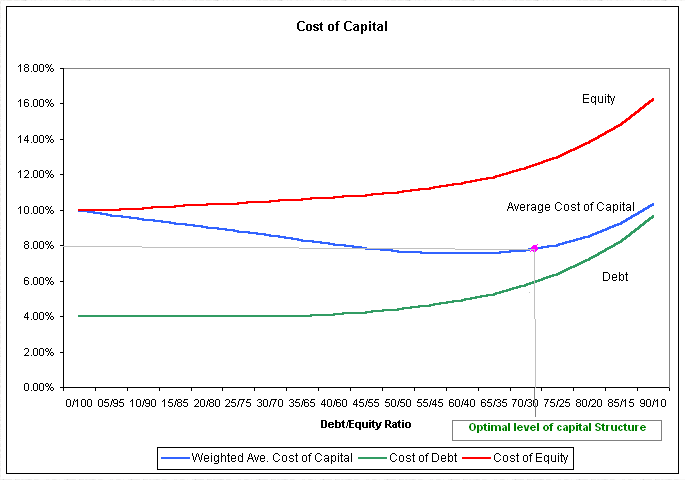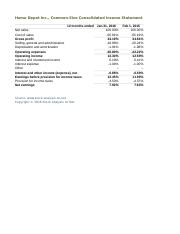Content

Annualized return is the geometric mean average return the investment has earned every year over a given period of time. It gives only a snapshot of an asset’s performance over a given period of time and doesn’t show the volatility and price fluctuations. This return works based on the current value of investment and initial investment amount. It is the difference between the current value and the initial value of an investment upon the initial value of the investment.
An annualized return measures an investment’s performance per annum. Let’s calculate the cumulative return from the first day of trading for another high-profile growth stock, Netflix. The company has never paid a dividend, so price return and total return are the same.

Expressing the cumulative rates of return in terms of annualized rates of return makes the performance comparison a bit more manageable, optically, but it isn’t a panacea. What the annualized return is, why it comes in difference between annualised return and absolute return handy, and how to calculate it. In this example, the annualized performance is 10.67 percent. On ETMONEY, you can see the SIP returns of each fund for whatever amount and duration you wish on that fund’s scheme page.
With the effect of compounding, that can make a huge difference. First, let’s see how the need for an annualized return might arise. To understand this better, let’s take our previous example of Mr. Vedant who invests in Axis Bluechip fund.
How to Get Periodic Return From Stocks
What it translates into is that each amount compounds for a different period. In this blog, we tell you about different types of mutual fund returns, and see what each of them means, and also analyze in what ways are they different from each other. Therefore, the investor earns an annualized return of 22.47% on the investment. In this example, though the investments grew by 20% in absolute terms which sounds great, it gave a measly return of just 6.3% on a yearly basis!

It is the return of the mutual fund without comparing it to any benchmark index. When the fund managers talk about maximizing the return of a mutual fund, they mean the absolute return. In this case, the absolute return on your investment in the mutual fund is 8%.
Calculation Using Annual Data
While an absolute return is simple to quantify, it is difficult to equate to other investments in different terminology. Comparing mutual funds that have exchanged over varying periods of time helps to provide a better view. Though it is easy to calculate, it gets challenging to compare the absolute return from 2 investments. The time period of the return is unknown, hence making it difficult for comparison. On the other hand, one can compare the annualised return of two investments and can choose the one with a higher annualised return. Absolute return is the return from an investment over a specific period of time.

An annualized return figures the investment’s average annual return, while the absolute return measures the overall return for the entire time period you’ve held the investment. An annualized total return is the geometric average amount of money earned by an investment each year over a given time period. The annualized return formula is calculated as a geometric average to show what an investor would earn over a period of time if the annual return was compounded.
CAGR – Compounded Annual Growth Rate
It is calculated by subtracting the initial investment amount from the final investment value and considering all dividends and capital gains earned during the investment period. In the above example, we calculated the return on the investment over a single period of 12 months. However, in practicality, you invest your money in different assets with different time periods. To compare the returns on such investments with a one-year return, you need to annualize them. The rate of return per year, measured over a period either longer or shorter than a year, is known as the annualized return. An absolute return measures an investment’s performance without regard to the amount of time committed.
No worries for refund as the money remains in the investor’s account. Therefore, you realized an annualized return of 14.47% on your investment. You need to look at the relative return to see how an investment’s return compares to other similar investments. Once you have a comparable benchmark in which to measure your investment’s return, you can then make a decision of whether your investment is doing well or poorly and act accordingly. Before we apply the formula for the cumulative return, we need to make one adjustment.
Defining Absolute Returns
Now the next question is if CAGR is not the right measure for evaluating SIP investments, then what is? To have more clarity on this, let’s see how Mr. Vedant’s investment performed yearly. To calculate the Compounded Annual Growth Rate (CAGR), we require – Initial Investment Value (IV), Final Investment Value (FV) and the period of investment (n). Now, at the end of 5 years, on 22nd July 2020, he redeemed his investments and received Rs. 1,51,000.
- Above example shows that returns in FD does not even beat inflation.
- It is computed as a geometric average of the returns of each year earned over a period.
- It gives investors an overview of their investment’s results.
A hedge fund is not a specific form of investment; it is an investment structured as a pool and set up as either a limited partnership or limited liability company (LLC). A hedge fund manager raises funds by working with outside investors. The manager uses the funds to invest based on a declared strategy involving only the purchase of long equities, such as common stock. Alfred Winslow Jones is credited with forming the first absolute return fund in New York in 1949. In recent years, the absolute return approach to fund investing has become one of the fastest-growing investment products in the world and is more commonly referred to as a hedge fund. Relative return is important because it is a way to measure the performance of actively managed funds, which should earn a return greater than the market.
For example, say you paid $2,000 for a stock and it’s now worth $2,200. An absolute return fund is positioned to earn positive returns by employing techniques that are different from a traditional mutual fund. Absolute return fund managers use short selling, futures, options, derivatives, arbitrage, leverage, and unconventional assets. The returns are looked at on their own terms, separate from other performance measures, with only profits or losses considered. For example, if a mutual fund manager loses half of her client’s money, she has to make a 100% return to break even. Using the more accurate annualized return also gives a clearer picture when comparing various mutual funds or the return of stocks that have traded over different time periods.
Annual Return vs Absolute Return- FAQs
Absolute return measures total gains over a specified period, taking into account all cash flows such as initial investments and subsequent returns. In contrast, annualized return considers average gains per year, over multiple years. An example might be an investment in the stock market that yielded a 4% return in its first year, followed by 8%, then 6%.
- An example might be an investment in the stock market that yielded a 4% return in its first year, followed by 8%, then 6%.
- As an example, if an original $10,000 investment grew to $12,000 in three years, you would subtract $10,000 from $12,000 to derive a $2,000 absolute return.
- Also referred to as the total return, the absolute return measures the gain or loss experienced by an asset or portfolio independent of any benchmark or other standard.
- An annualized return measures an investment’s performance on a yearly basis.
- Expressed as a percentage, it measures the total appreciation or depreciation in the value of the asset.
The initial price, $28.00, has not been adjusted for stock splits. That’s because each installment in an SIP is a new investment, and therefore you have amounts invested for different time duration. For example, in a 5-year SIP, your first installment will be invested for 5 years, second for 4 years 11 months, and so on.
Understanding Annualized Rate
For computing returns over a term that is less than a year, this return is generally used. In the case of mutual fund investments, all that is required is the beginning value NAV and the ending value NAV (present NAV). The duration of the investment in the fund is irrelevant while computing these returns. An annualized total return provides only a snapshot of an investment’s performance and does not give investors any indication of its volatility or price fluctuations.
If you’ve done a little statistics, you may recognize from this formula that the annualized return (Ra) is simply the geometric average of the cumulative return (Rn). A plain old arithmetic average won’t do the trick, because it doesn’t account for compounding. Absolute return shows the performance of the given investment regardless of the time consumed.

